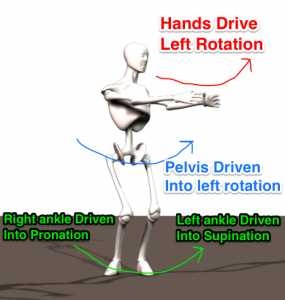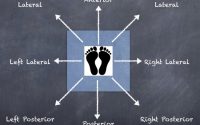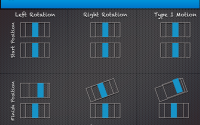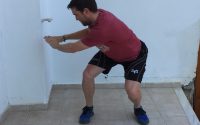Mass and Momentum
Following on from the post last week about Gravity and Ground Reaction Force, I wanted to add another force that our bodies manipulate to create movement magic!
Of the 3, mass and momentum (M&M) probably has the greatest use for us as therapists. I think part of the reason for this is that there is more variety and you can create it in any direction in any plane.
In function it is the interaction of these forces that makes the magic. However, I think M&M is the one I think about and use the most. My first real exposure to it was when learning about gait, thinking about the swing leg and how that drives motions and muscle reactions. It’s the swing leg that drives the pelvis, creating a reaction in the standing leg helping it to supinate.
It’s similar to in this picture, where the a double hand driver into left rotation. This driver creates left rotation through the spine and pelvis. This motion drives the left leg into left rotation, ultimately supinating the left foot…give it a go 🙂

I think the first time I was made aware of this concept was when Gary was talking about how the ‘soleus extends the knee’. Personally, I just liked the idea because it seemed so off the wall. Having said that, I my gut instinct said it was right…even if I didn’t understand it at the time! As it turns out, it’s the mass and momentum of the body going over the standing foot combined with the soleus slowing down the anterior rotation of the tibia that creates the knee extension. Sounds simple now, but it took me a while to get my head around.
Mass and Momentum can be manipulated in so many ways. Simply driving motion with hands and feet, adding weight in the hands, etc. In this post there’s a couple of videos on how to use the mass and momentum created by hand drivers and lunges to create thoracic mobility.
Summary
For me these are the principles that underpin everything else we do in rehab. Movement is driven, if you understand the how you can use it to your advantage. Once you master these you can build you your own assessments, treatments and get a much better idea of what is going on with your patients.
Physioblogger


